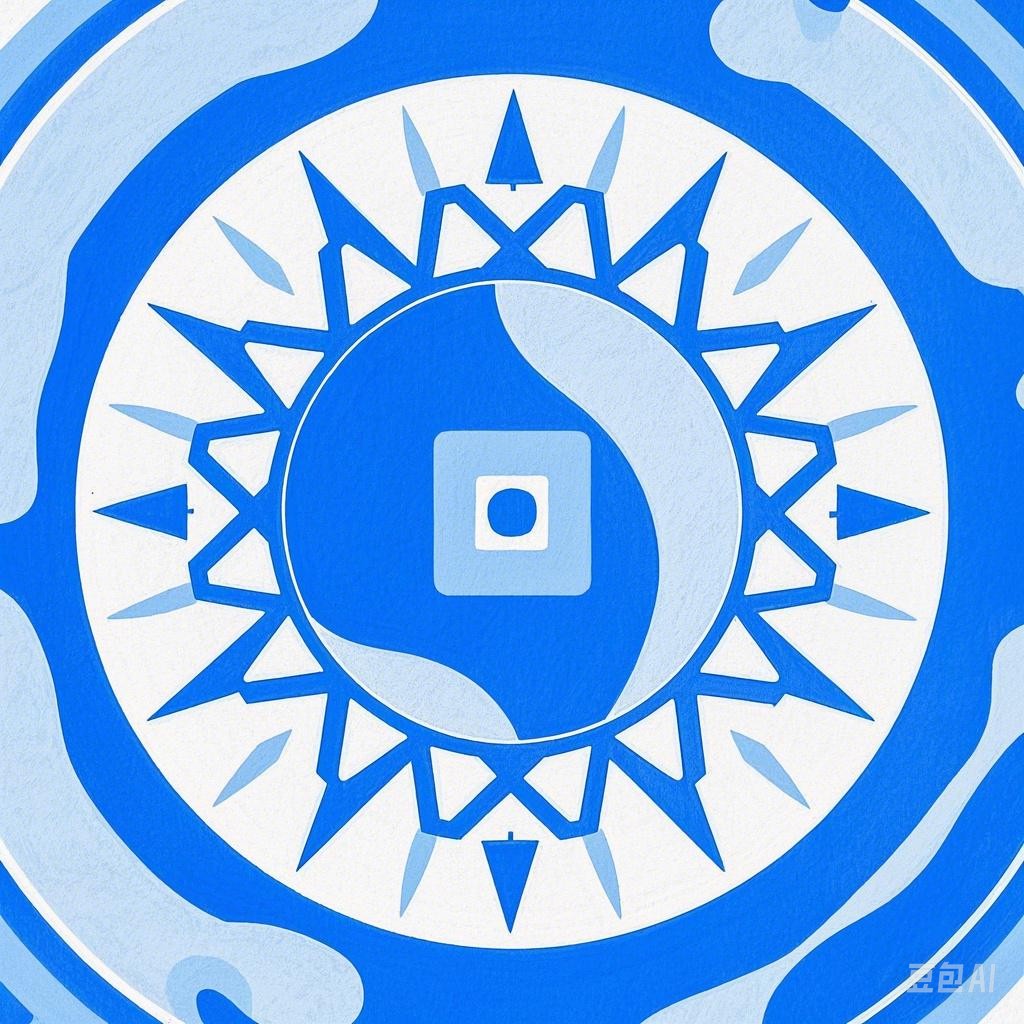Introduction
Traditional festivals are an integral part of cultural heritage, reflecting the customs, beliefs, and history of various societies around the world. These celebrations often involve unique rituals, music, dance, and food, providing a window into the diverse cultures that exist on our planet. This article explores some of the most fascinating traditional festivals, highlighting their significance and the cultural richness they represent.
1. Diwali: The Festival of Lights in India
Diwali, also known as Deepavali, is one of the most important festivals in Hindu culture. It celebrates the victory of good over evil and marks the return of Lord Rama to Ayodhya after defeating the demon king Ravana. The festival is characterized by the lighting of lamps and candles, the decoration of homes with colorful rangoli designs, and the exchange of sweets and gifts.
Key Elements:
- Lamps and Candles: Homes are illuminated with lamps and candles to symbolize the victory of light over darkness.
- Rangoli: Intricate patterns made with colored rice, dry flour, or colored sand are created at the entrances of homes.
- Fireworks: Fireworks are set off to celebrate the festival’s joyous mood.
- Festive Meals: Special festive meals are prepared, often including sweets like ladoos and barfi.
2. Carnival in Rio de Janeiro, Brazil
The Carnival in Rio de Janeiro is one of the most famous festivals in the world, attracting millions of tourists each year. It is a five-day celebration that precedes Lent and is characterized by its elaborate parades, vibrant costumes, and energetic samba music.
Key Elements:
- Parades: The main attraction of the Carnival is the parades, where samba schools compete for the best costumes and music.
- Costumes: Participants wear elaborate costumes, often inspired by mythology, celebrities, or famous works of art.
- Samba Music: The infectious rhythm of samba music fills the streets, energizing the crowd.
- Festivities: The festival also includes parties, concerts, and dancing in the streets.
3. Holi: The Festival of Colors in India
Holi is a spring festival that marks the arrival of the new year according to the Hindu calendar. It is a time for joy, love, and the triumph of good over evil. The festival is celebrated with the throwing of colored powders (gulal) and water, as well as with music, dance, and feasting.
Key Elements:
- Colors: Participants throw colored powders on each other, symbolizing the victory of good over evil.
- Music and Dance: Traditional folk music and dance are performed throughout the festival.
- Festive Meals: People gather to eat and share traditional foods like gujiya and mathri.
- Unity: The festival promotes a sense of community and the importance of forgiveness.
4. Chinese New Year
The Chinese New Year, also known as Spring Festival, is the most important traditional festival in China. It marks the beginning of the new year on the lunar calendar and is characterized by family reunions, feasts, and the giving of red envelopes containing money.
Key Elements:
- Family Reunions: People travel long distances to reunite with their families.
- Feasts: Traditional foods like dumplings and fish are prepared and shared.
- Red Envelopes: Red envelopes containing money are given to children and unmarried adults.
- Fireworks and Firecrackers: These are set off to ward off evil spirits and attract good luck.
Conclusion
Traditional festivals are a vital part of the cultural fabric of societies around the globe. They provide a rich tapestry of customs, beliefs, and rituals that reflect the diversity of human experience. By celebrating these festivals, we can gain a deeper understanding of the world’s cultures and the values that unite us all.
